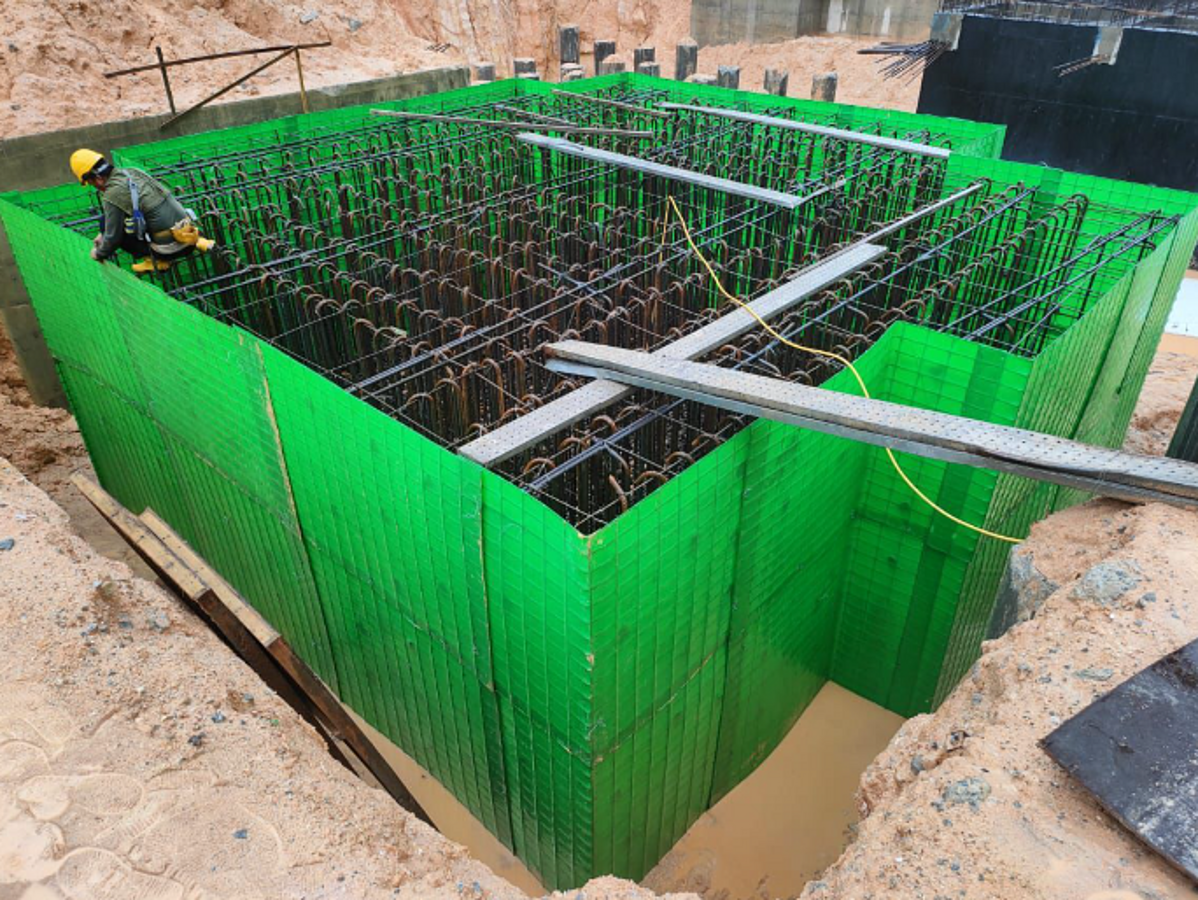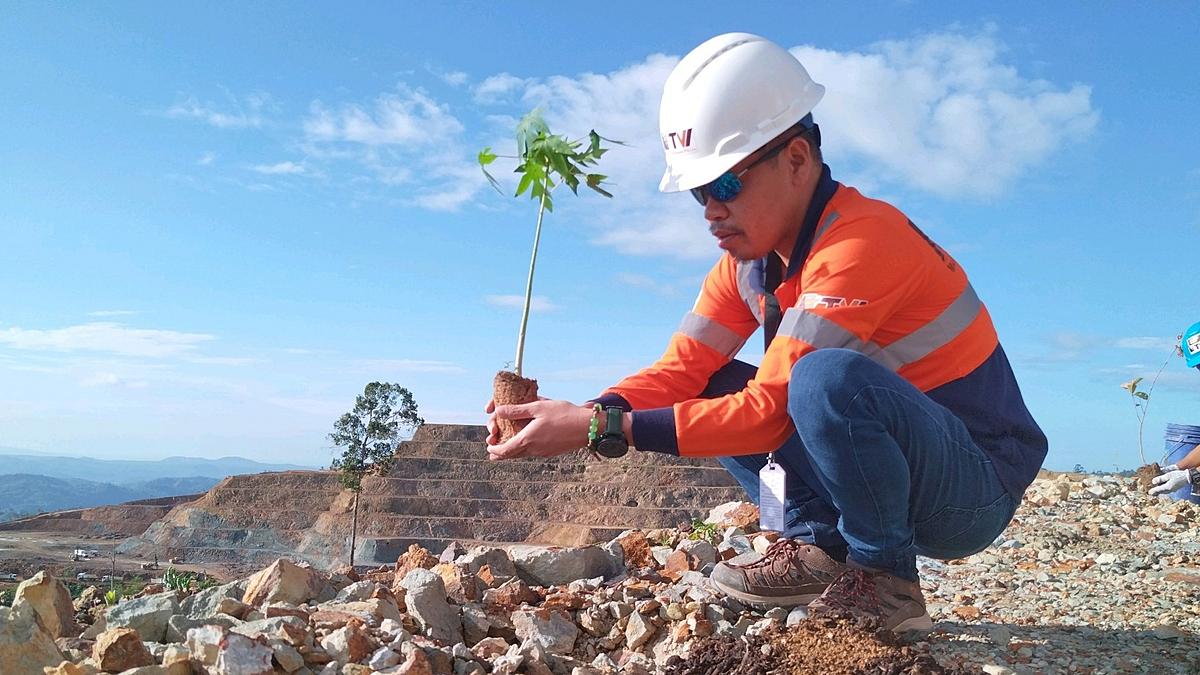The expansion of the Sangley Point International Airport (SPIA) is a huge infrastructure project that is scheduled to be operational by 2028. The local government of Cavite province has chosen the SPIA Development Consortium last September to implement the USD11 billion project.
SPIA Development Consortium representatives were delighted for being chosen for the job, but they also said that the challenges ahead are great.
The project will also commence in association with South Korean and European companies. The Engineering, Procurement and Construction consortium will be headed by Cavitex Holdings and the local financier House of Investments Corporation. They will also work with Samsung C&T.
Munich Airport International (MAI) is known for their 5-star quality services and for their trademark best-practice solutions, thus they have the slogan "Trusted partner for smart money and ambitious airports". MAI also offers services like airport management, consulting and training services around the world. For the past 30 years, Munich Airport Group has been a leading ORAT service provider and a global airport operator. (ORAT refers to Operational Readiness and Airport Transfer, the process of taking a newly constructed airport or part of an airport and turning it into an operational facility.)

Munich Airport International (MAI)
Additionally for this project, Philippine MacroAsia Corporation will be responsible for the logistics and technical services. Ove Arup & Partners Hong Kong Ltd. will be a development planner. More details of the structure of the consortium will be further defined in the future.
The consortium is set to sign the Joint Venture and Development Agreement this October. After that, they have 18 months to develop the project design and business plan. This will be followed by actual construction of the airport’s expansion design.
The SPIA is dubbed as the Philippines’ new “gateway to the world” and instrumental in boosting the country’s economy. SPIA is intended to reduce the dense activities in Ninoy Aquino International Airport (NAIA) in Metro Manila and the traffic congestion in the region. The airport project anticipates for the expected increase in passenger numbers for the next 30 to 40 years. The local government in the province hopes that the airport will generate around 50,000 jobs. [1]
Looking at the stages of the project, the first phase includes the construction of the runway which is targeted to be finished by 2028. The airport is designed to accommodate 80 million passengers per year. Eventually, with the construction of additional runways, the airport could serve 130 million passengers a year. There are also plans to have a four-lane road, perhaps with parallel train routes to the airport. Experts said that good transportation connections to the previously less developed region are vital for the success of the airport. They also see this airport project as a possible competitor for the airport in Bulacan. [1]
Back in February 2020, the existing regional airport in Sangley was reopened by the order of the former president Rodrigo Duterte. He ordered the transfer of some flights from NAIA to Sangley in order to lessen the air traffic in NAIA during the pandemic. Eventually, the Sangley airfield was modernised due to the support from government funds of around US$ 25 million. The small terminal can handle 160 passengers. Although this project was not originally part of the government’s Build, Build, Build program, it was later on included in their list of projects, thus the SPIA now has this expansion project.
-----
Reference:
[1] Hirschle, Alexander (26 September 2022). "Manila expands airport with German participation". Germany Trade and Invest (GTAI).
Retrieved from - https://www.gtai.de/de/trade/philippinen/branchen/manila-erweitert-flughafen-mit-deutscher-beteiligung-897832
-----
Photo credit:
Sangley Point International Airport - https://www.facebook.com/sangleypointairport/
Munich Airport - https://www.munich-airport.com/international/about-us






